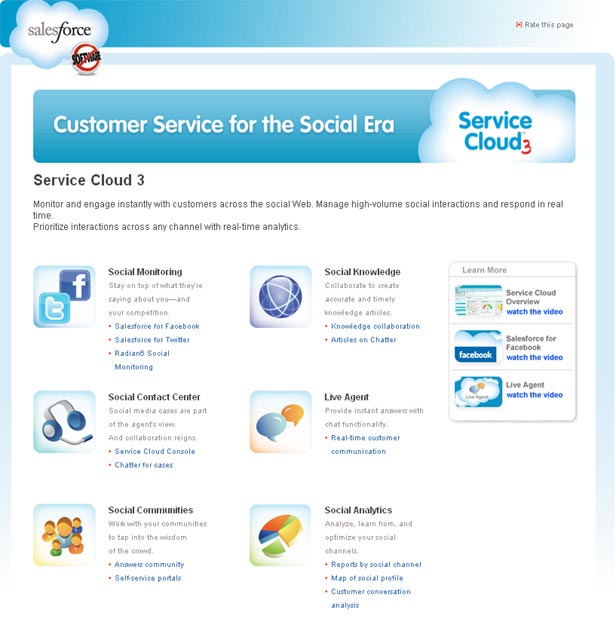Pundits have predicted the growing adoption of tablets as a top 10 trend for 2011. According to Mashable, a new Forrester report estimates that 44 million tablets will be sold in 2015, surpassing even laptop sales by nearly 5 million and desktop PC sales over 25 million.
Android-based tablets are expected to capture a significant share of the overall tablet market and they’re making quite the splash at this year’s Consumer Electronics Show (CES).
If Twitter buzz is any indication, two Android tablets, the Motorola XOOM and the T-Mobile G-Slate, will be strong competitors to the iPad.
Tablets in and around the enterprise
As consumers adopt tablets for home use they will undoubtedly want to use their personal tablets to access enterprise systems from outside of the office.
Sales teams and employees that already have remote access to enterprise systems will seek to drag their personal tablets onto enterprise IT networks from outside the office.
Like me, tablet buyers seeking to use personal tablets for occasional work purposes aren’t ready to ditch their work PC or laptop. Rather, I’d like to augment my work machine with my personal tablet so I can access mail, calendar and enterprise web applications when I’m not at work and can’t be bothered turning on my laptop. I’d also like the option of carrying a tablet when travelling versus my Thinkpad or MacBook Pro. It’s important to note that while my tablet is a personal device, one which will be infrequently used for work purposes, the ability to do so did and will factor into my purchase decision.
IT will resist user requests for accessing enterprise systems from personal tablets, citing enterprise security, administration and management requirements. Device vendors will work to address these enterprise requirements, while balancing against the backlog of consumer focused requirements. And when they do, IT will, at times grudgingly, accept personal tablets onto the network.
The iPhone and iPad’s growth in the enterprise followed this trend. Android tablet adoption in the enterprise is unlikely to be significantly different.
The iPad’s enterprise lead over Android
With this history well known, it’s interesting to note how little attention is being paid to enterprise features by Google or Android device makers. This fact is especially striking considering how far ahead the iPad already is with its enterprise readiness.
Watch the Android 3.0, aka Honeycomb, preview video, the Motorola XOOM launch video or the T-Mobile G-Slate press release for even a scant mention of enterprise features.
Scour the Galaxy Tab website or support site to determine its appropriateness as a personal device with which to access enterprise systems. You’ll have to click on “Other Features” and on to “Working Remotely”. Once there, you learn about the Galaxy Tab’s Wifi and 3G connection options. That’s great.
Now, what about using a Galaxy Tab to connect to your office Cisco VPN? Or what about information for administrators? If relevant information exists on the Galaxy Tab marketing or support site, it’s not easily found.
For instance, Galaxy Tab users trying unsuccessfully to connect to a Cisco VPN discuss trying an OpenVPN client which requires the user to root their Galaxy Tab. Just imagine IT telling users to root their Android tablet in order to connect to the enterprise network – fat chance indeed.
In another example, enterprises that wish to use their own Root CA (certificate authority) chain or import an un-trusted public Root CA not in the Android OS firmware are unable to do so. This security-related feature remains an identified Android issue with a medium priority on the issues list.
The Motorola XOOM website provides no mention of enterprise readiness.
Now, head on over to the iPad Support site. Right away you’ll notice that “Enterprise” is a support topic listed on the left-hand navigation menu. From here, consumers and IT workers can learn about topics such as ActiveSync configuration, enterprise networking, deployment and security.
Android tablets ignore the enterprise at their peril
InfoWorld colleague Ted Samson recently wrote about Apple formally declaring its enterprise intentions. Samson writes:
But now Apple has apparently come out of the enterprise closet: The company today pushed out a promotional email, entitled “Mac in the Enterprise,” that is chockfull of information for large businesses on how to integrate Macs, iPhones, and iPads into their IT ecosystems.
The simple and effective manner in which Apple is communicating the iPad’s business-readiness, if even for occasional usage, deserves not just kudos, it begs for imitation from Android device makers.
Originally published on saviorodrigues.wordpress.com












